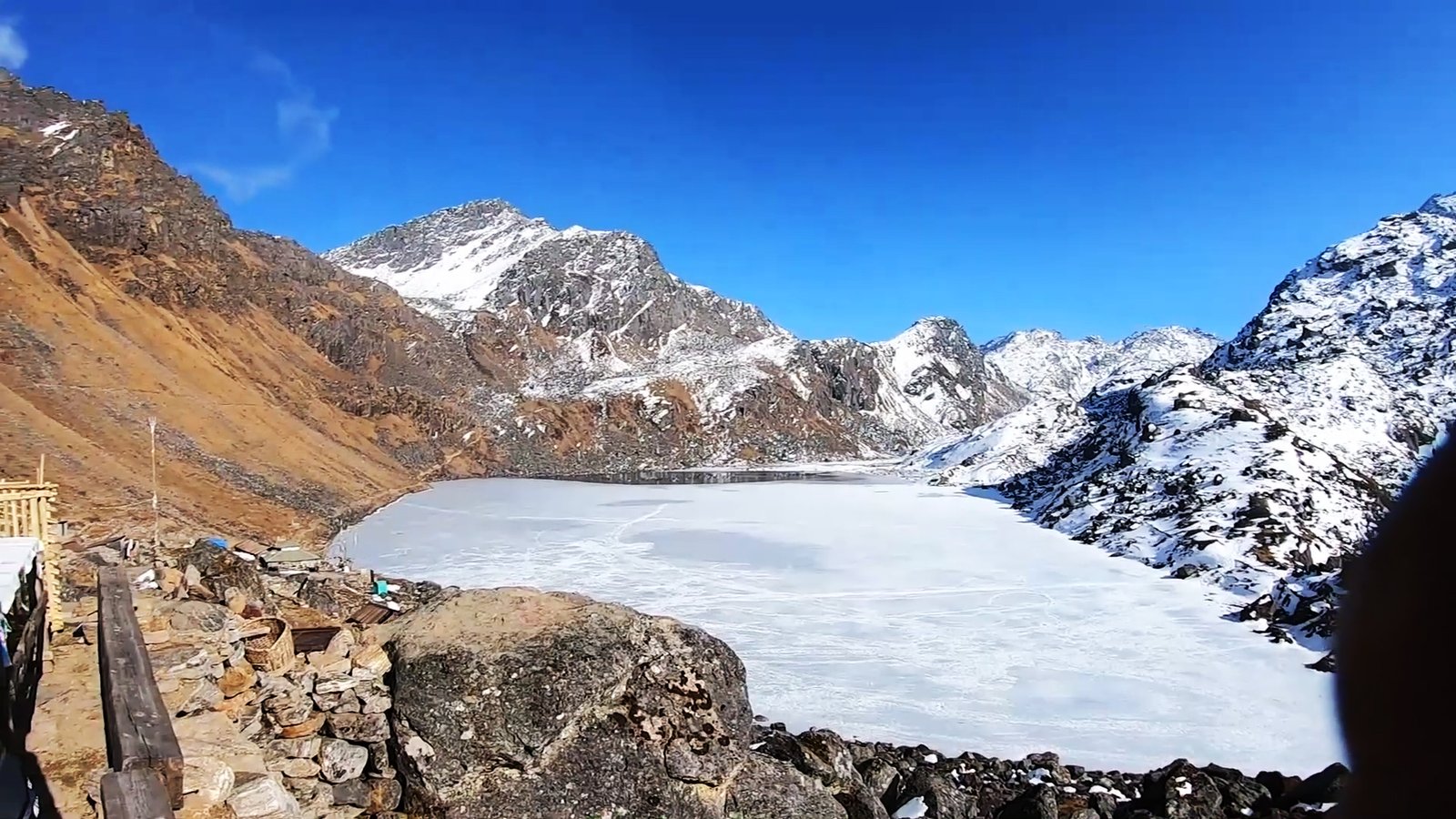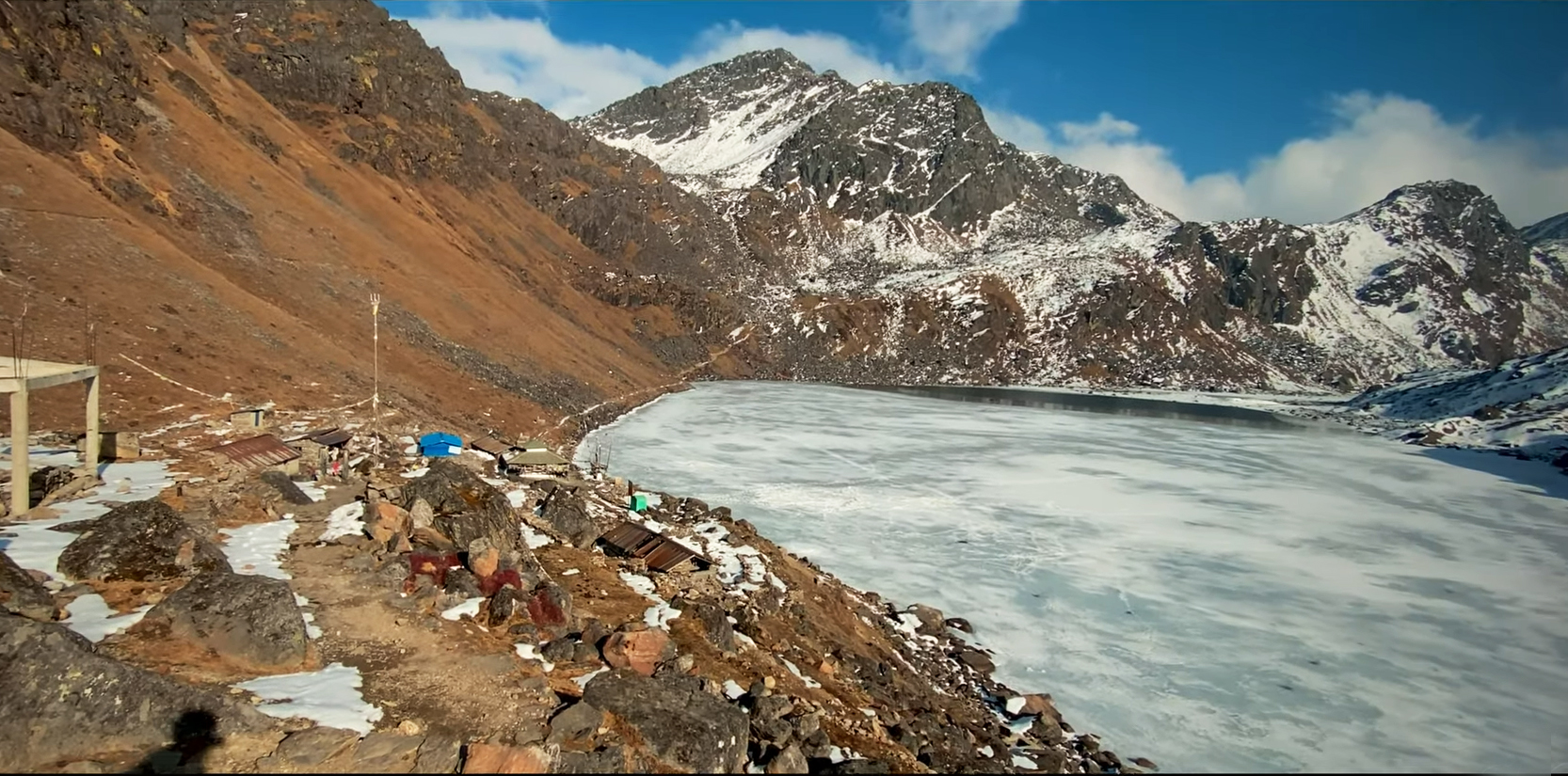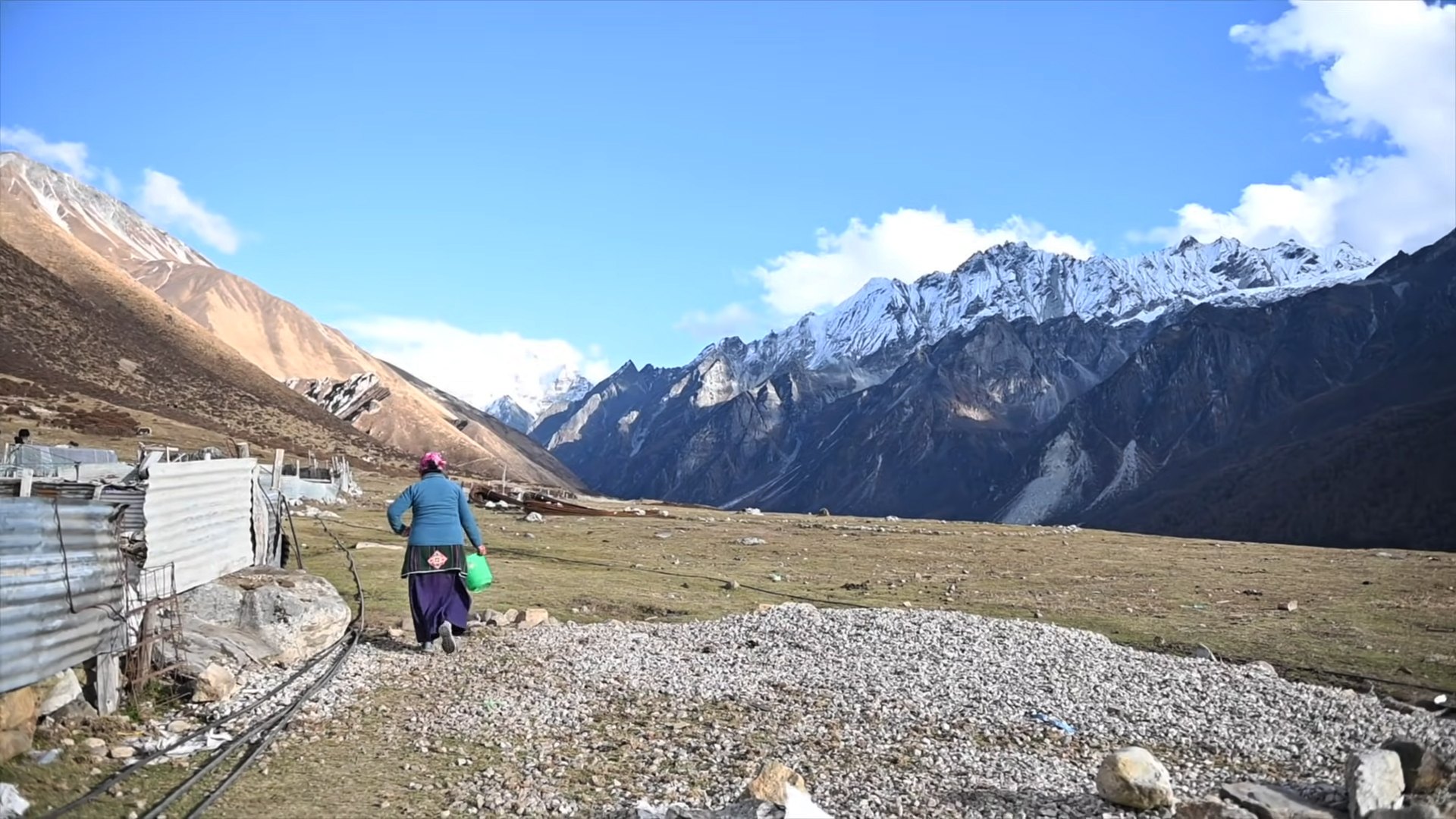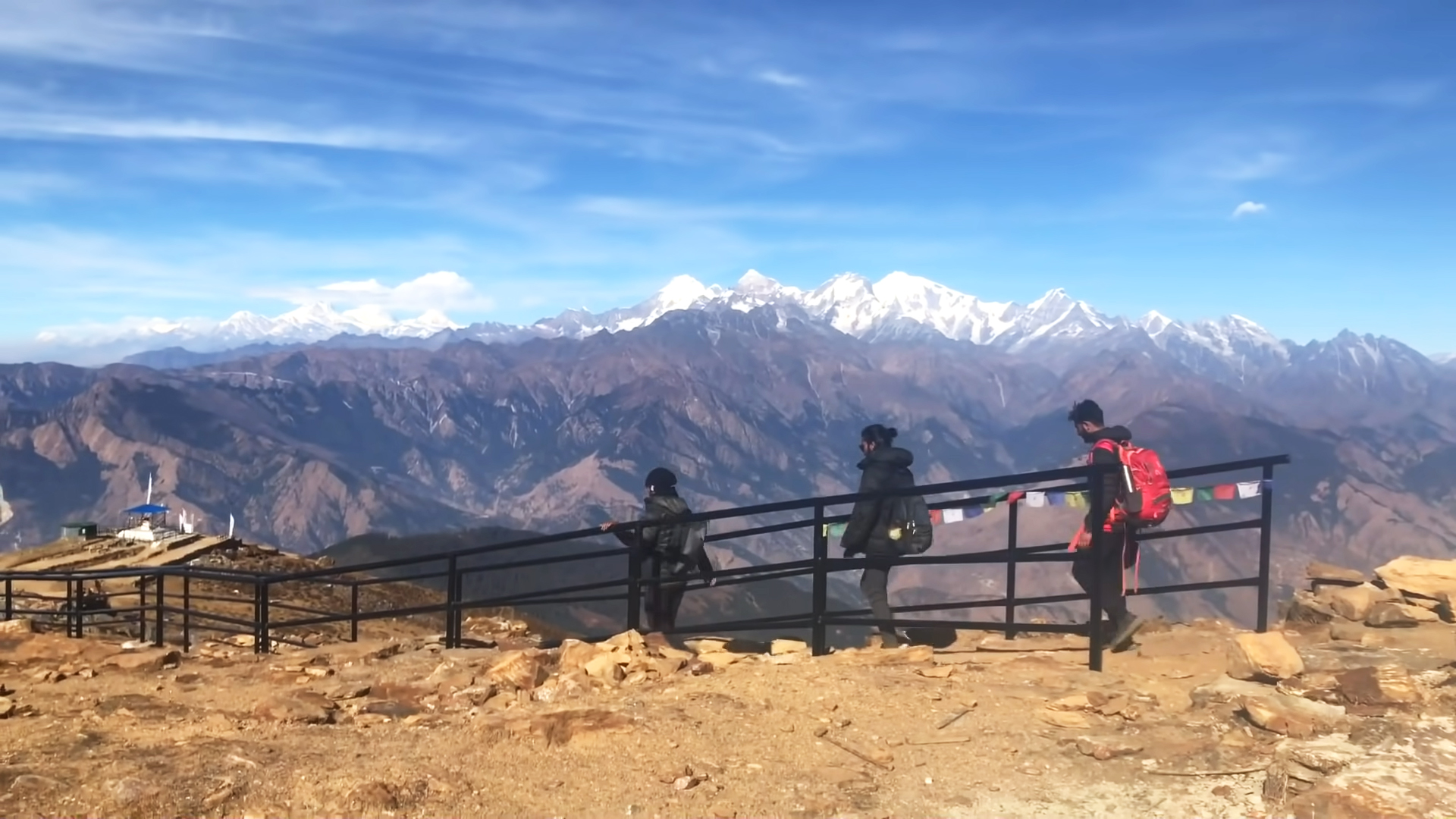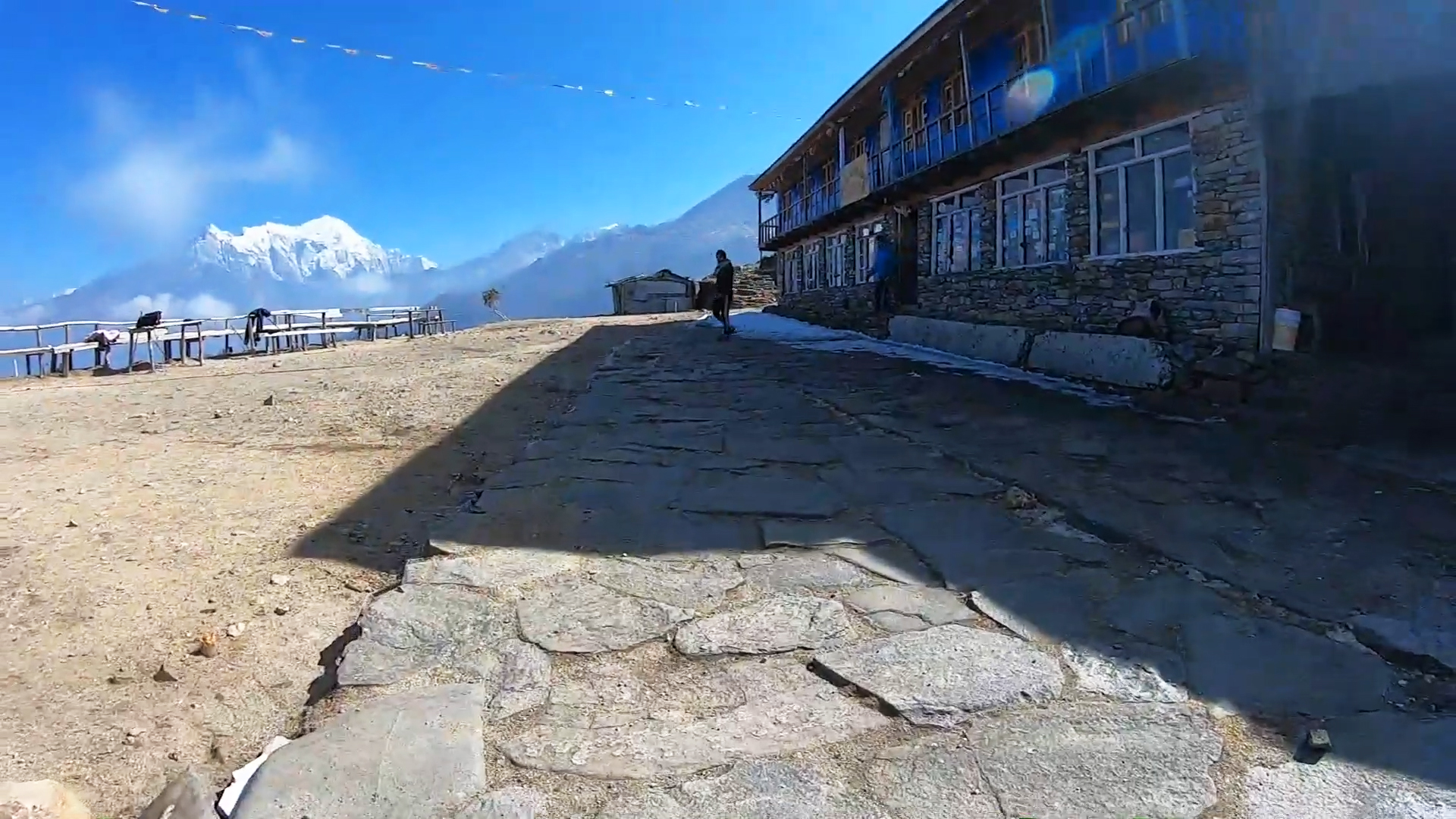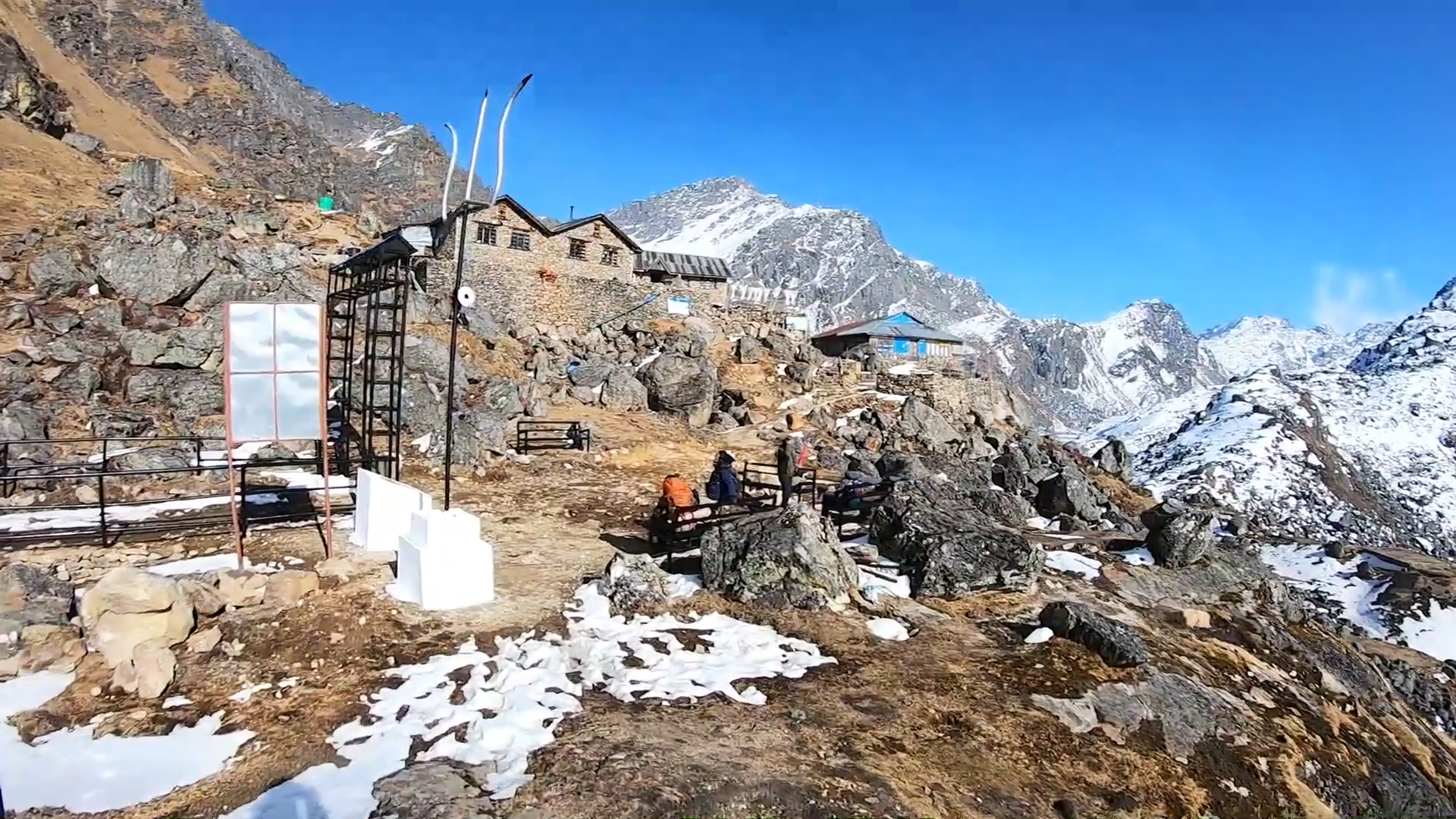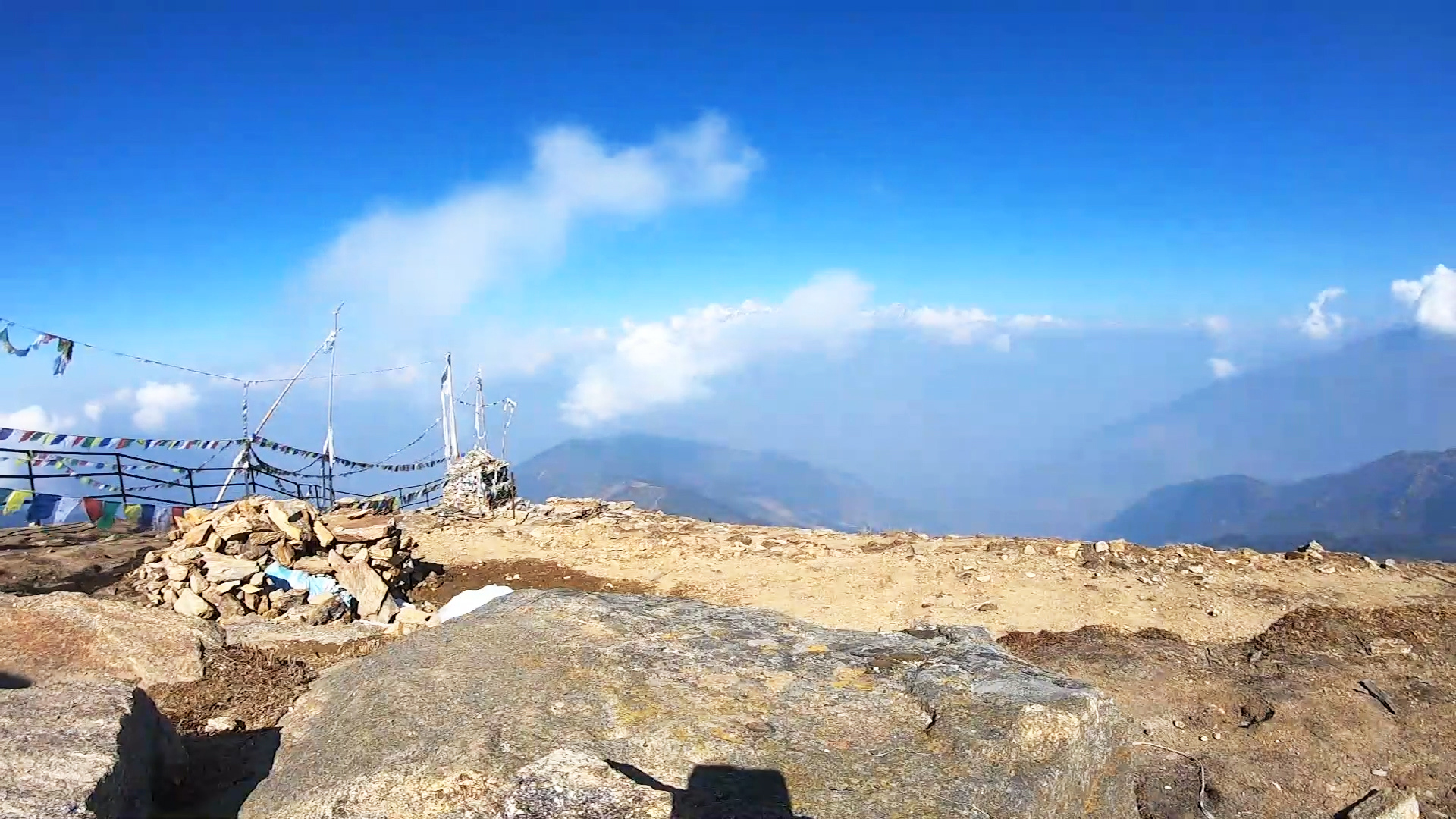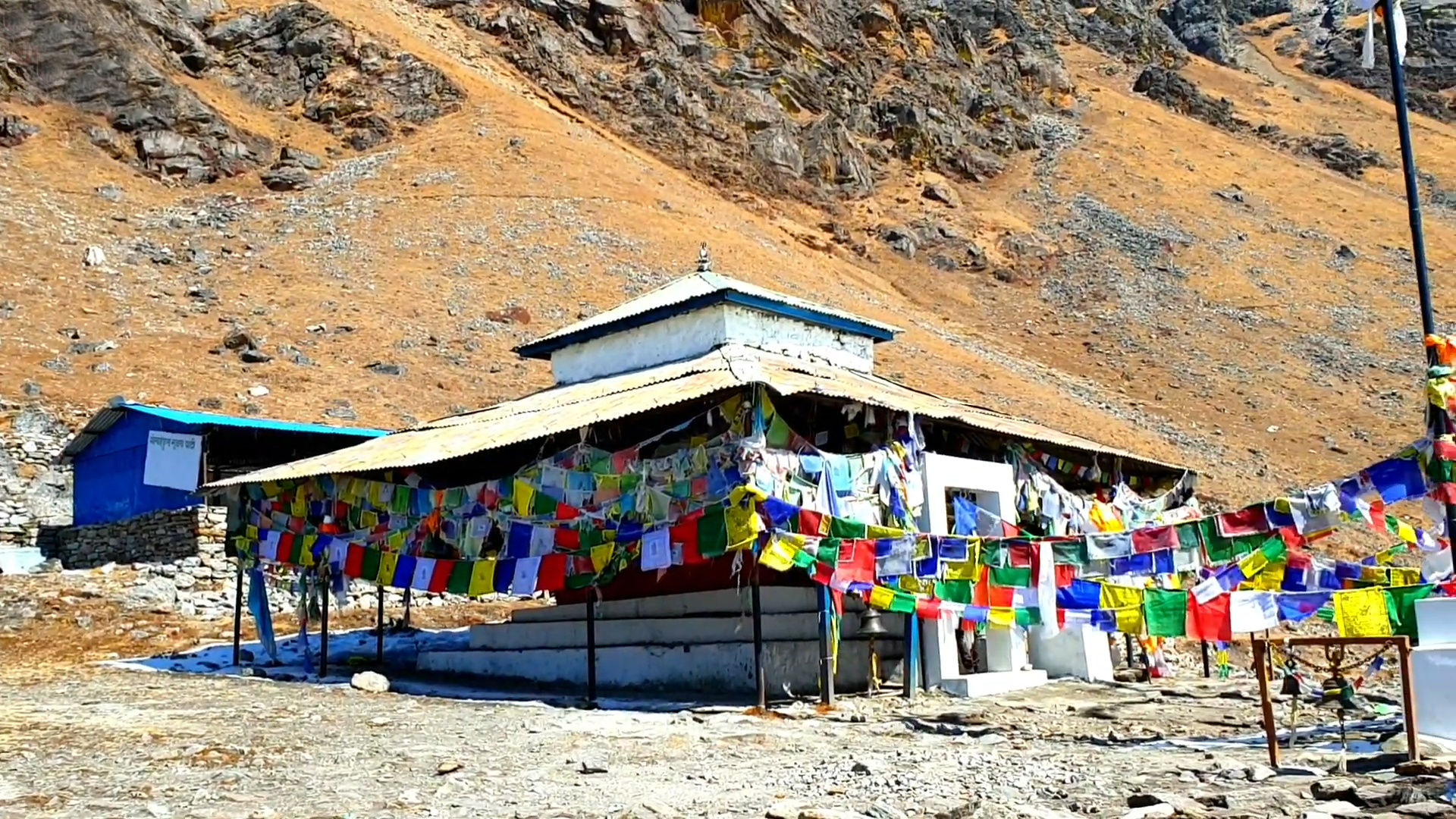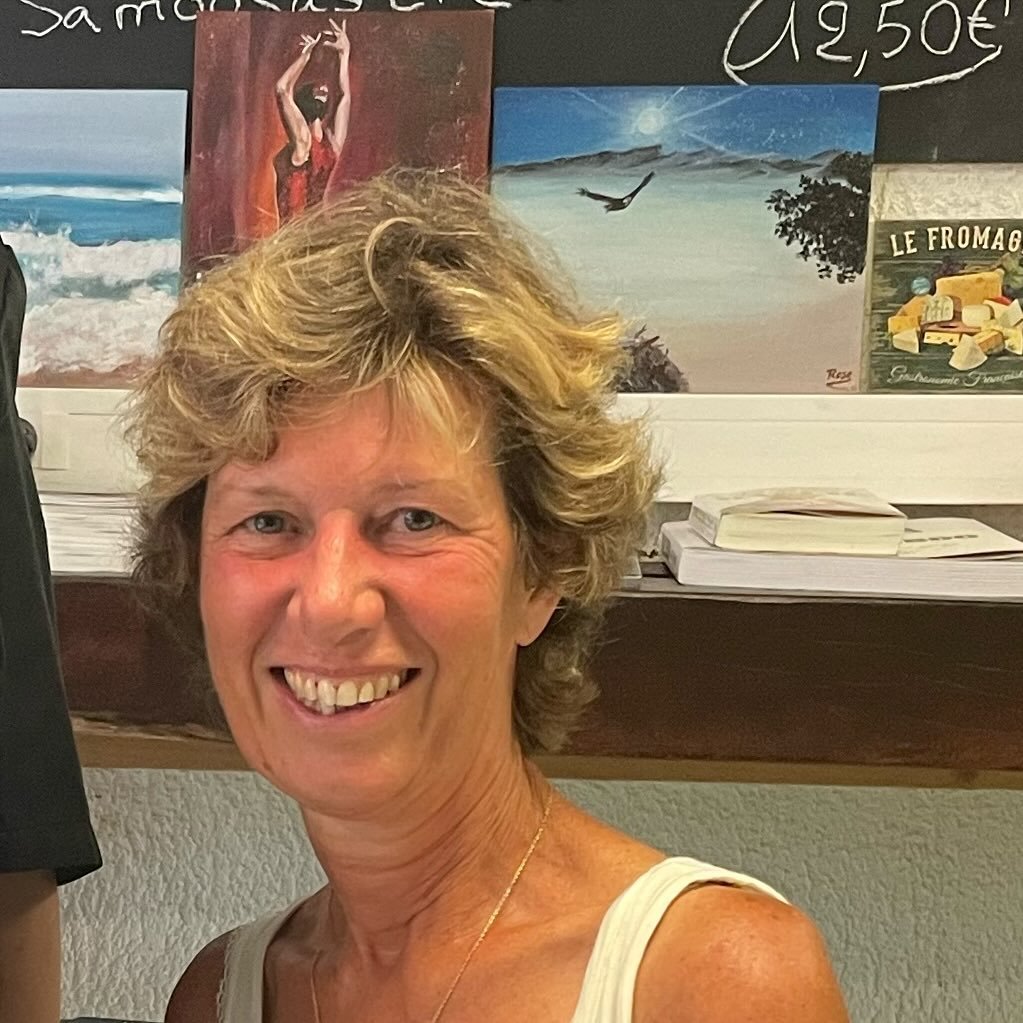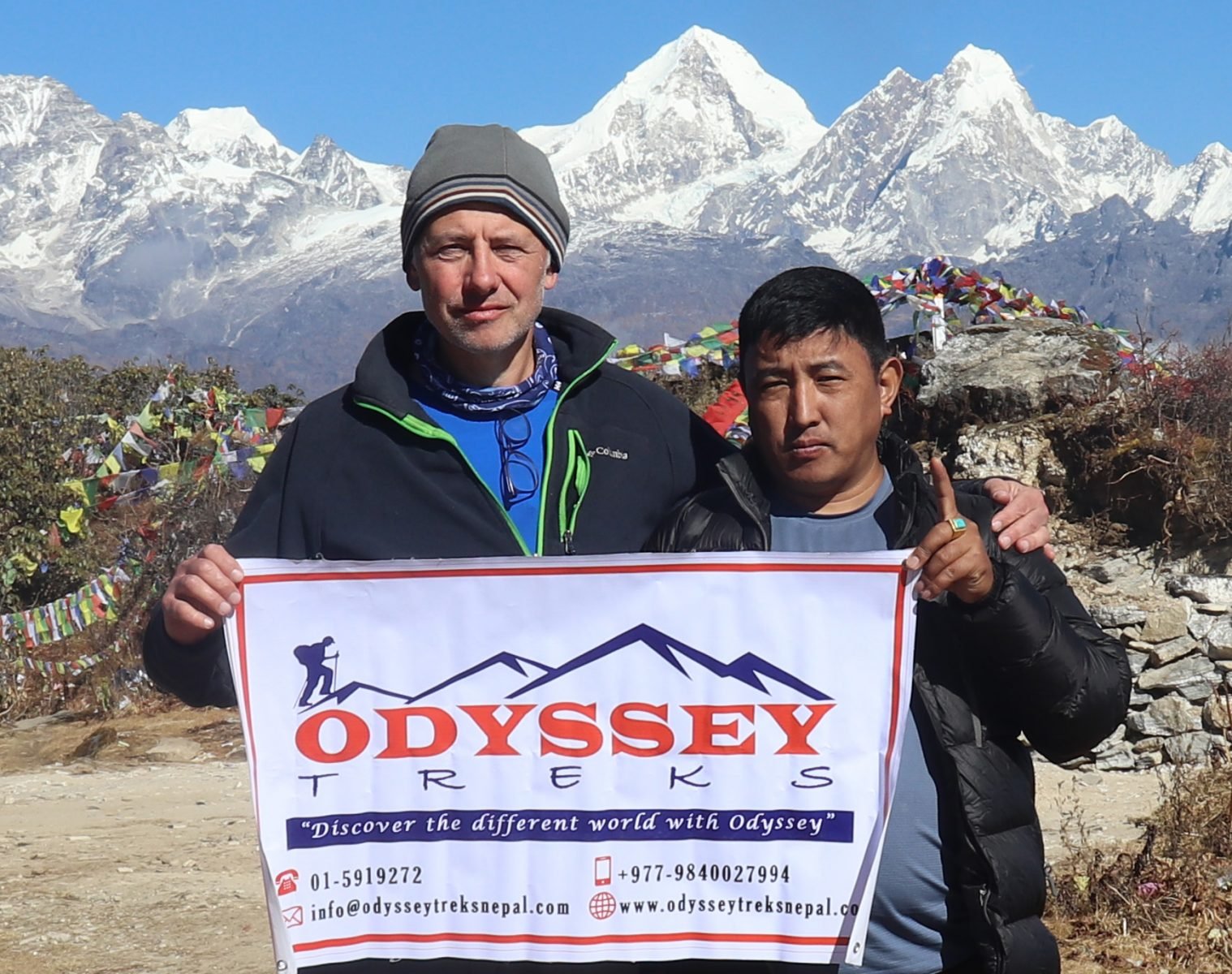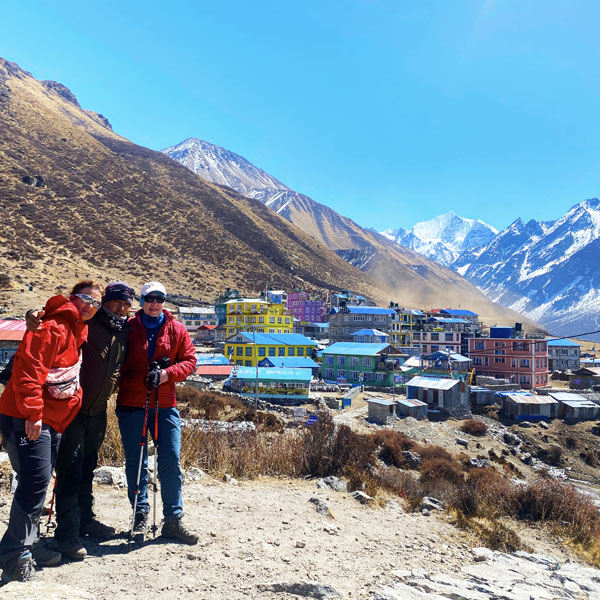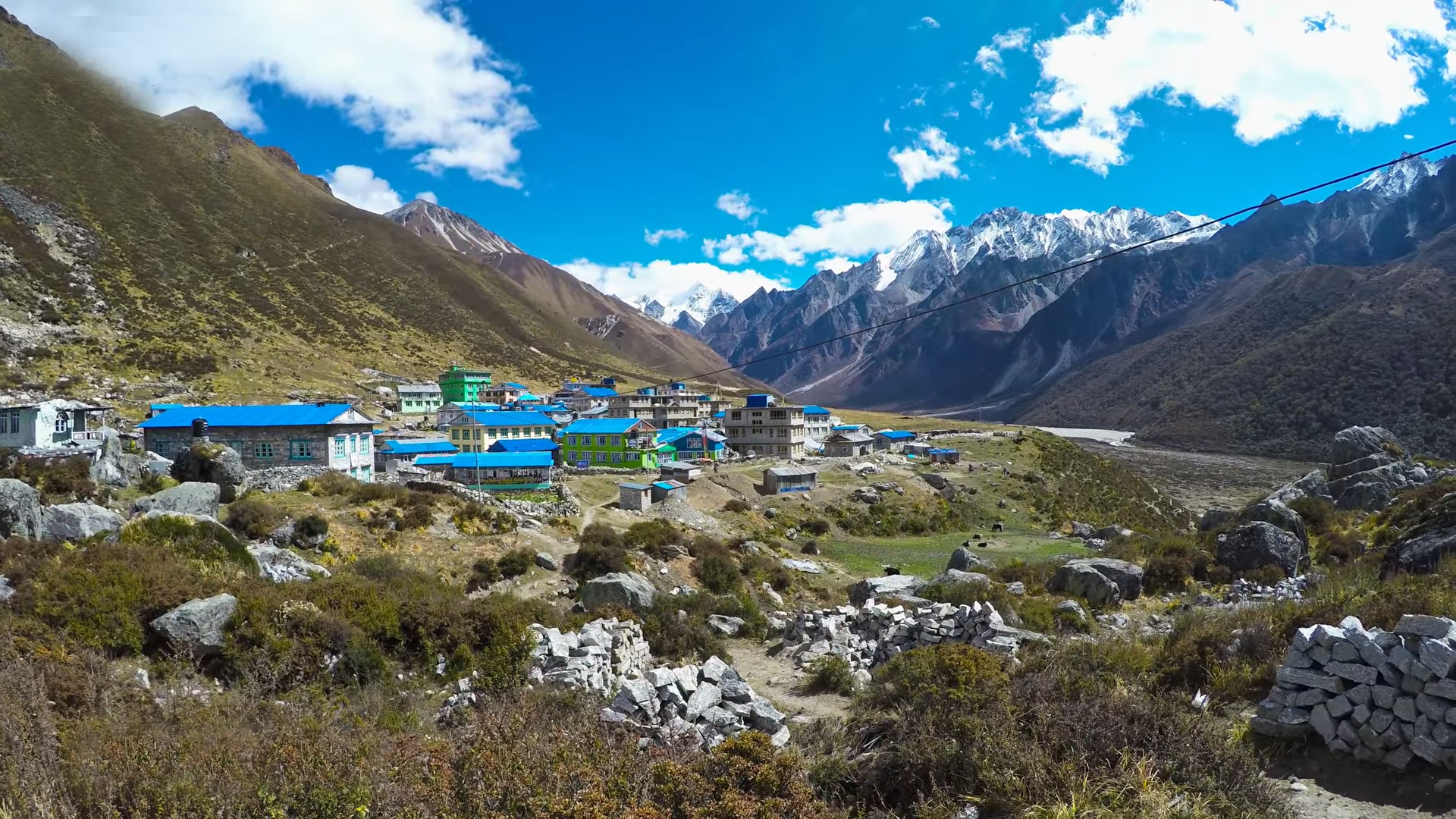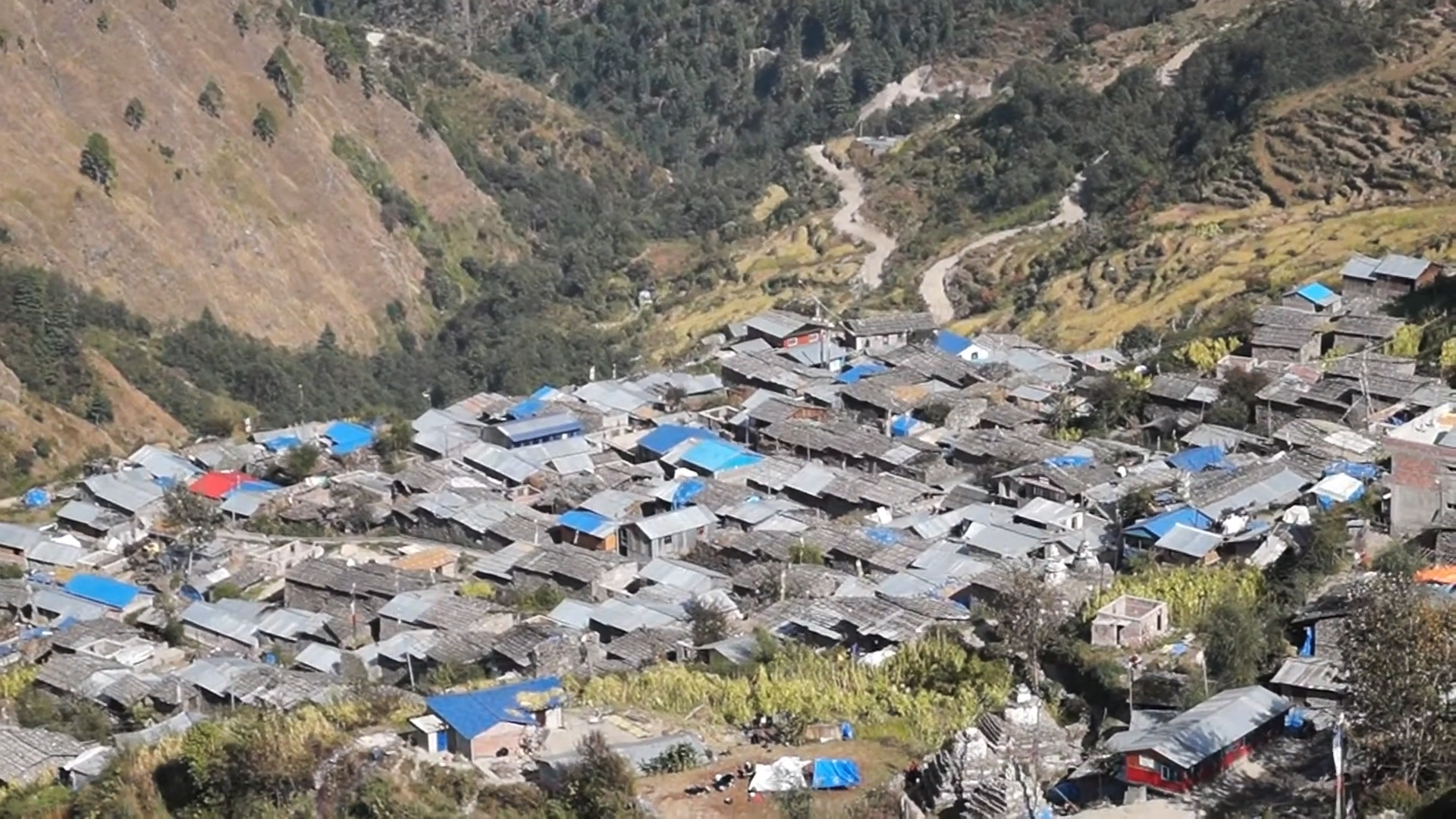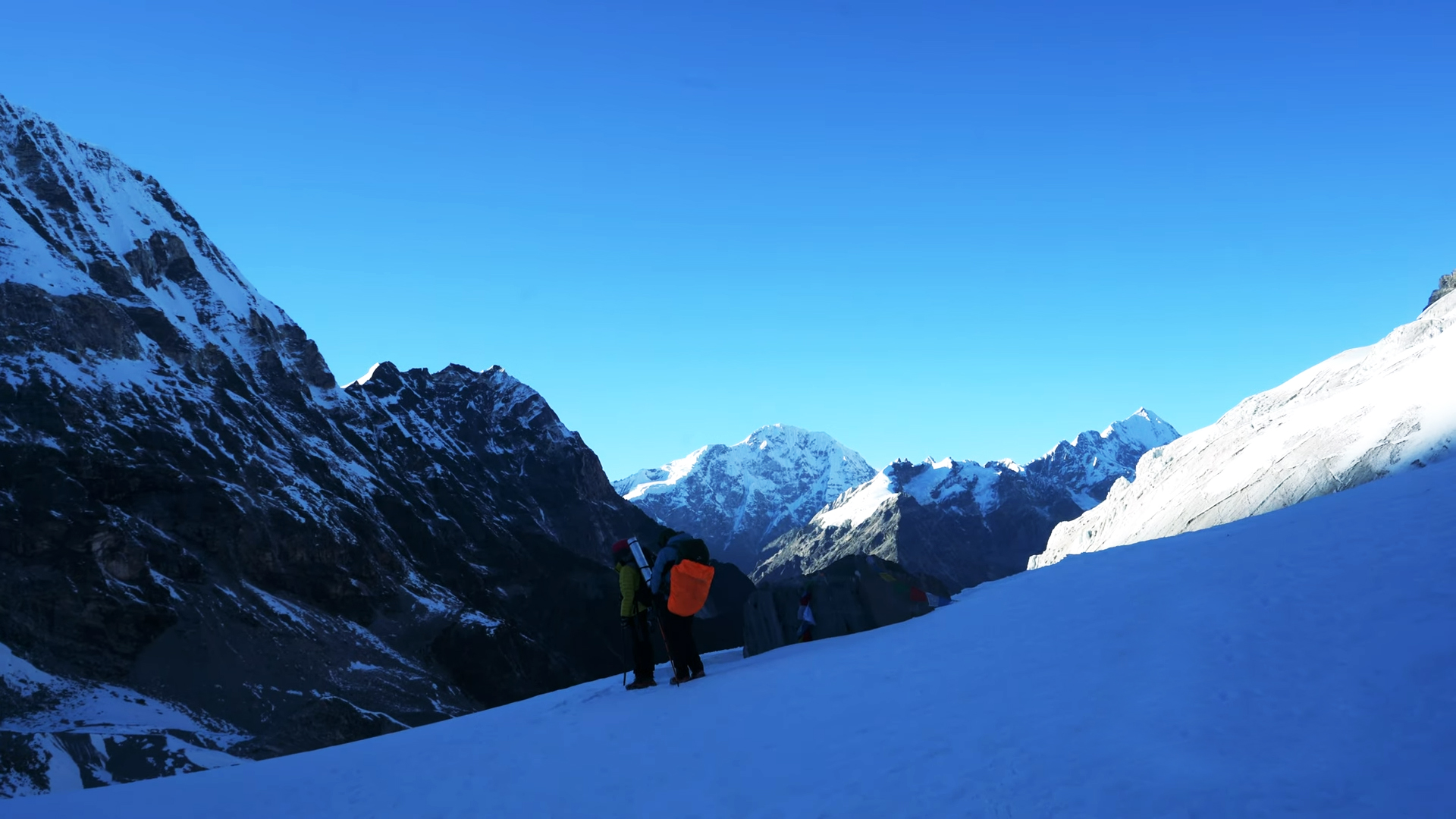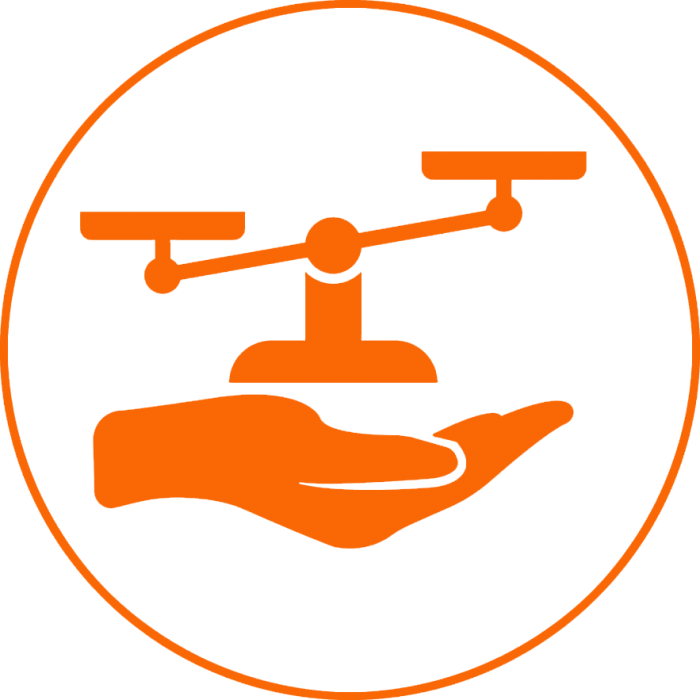Trip Overview
Introduction to Gosainkunda Frozen Lake Trek
The Gosainkunda Frozen Lake Trek is a short and adventurous trip to Nepal. You drive from Kathmandu for 7 hours by private vehicle or public bus. You reach Dhunche, from where you can start your incredible trekking adventure. These 7 days of Gosinkunda frozen lake trekking altitude increases when you first reach through forests of oak and rhododendron and then bamboo forests. There will also be the opportunity to visit a traditional handmade cheese factory.
When you return to Kathmandu, you will also visit some beautiful rice terraces and many magnificent Buddhist monasteries around the picturesque village. This trek crosses the High Passage and reaches the
beautiful frozen lake at an altitude of 4,381 m, surrounded by mountains.
Nepal’s Gosikunda Frozen Lake Trek is one of the world’s trekking destinations known for its magnificent and breathtaking scenic beauty. Not only trekkers but also religious people visit this area in large numbers. It is believed that once you take a bath in this holy lake, all pain, sorrow, and sins will be washed away.
You may visit: Mera & Island Peak Climbing in 19 days; Cost, Itinerary, Climbing Distance
Visit famous lakes on this trek
Although easily accessible from Kathmandu, the Langtang and Gosainkunda areas are less trekked than the Annapurna or Everest areas and have all made it attractive. The Gosainkunda Lake trek is truly a lifetime experience for the trekkers. There are 108 lakes in this area, and among them, the famous and most important are the Saraswati Kunda, Bhairab Kunda, Surya Kunda, and Gosainkunda, which are mainly visible from the route. Besides, Langtang National Park is famous for red pandas, snow leopards, and many other species of indigenous monkeys and birds.
In return, we will travel to the sacred Gosainkunda Lake and the Laurebenayak Pass. According to Hindu mythology, Lord Shiva’s house is located in this place. There are other lakes around Gosainkunda, and once a year in August, hundreds of Hindu pilgrims gather here for a holy bath during the festival of Janai Purnima. The main inhabitants of the Gosainkunda region are of Tibetan origin, Tamang and Sherpa, whose religion, culture, languages, and dress are closely similar to those of the Tibetan people.
The Gosainkunda Frozen Lake Trek offers an ideal trek for those who do not have much time. This trek is also good for those who want to experience Nepal’s culture, landscape, stunning mountains, wildlife, and flora. Other highlights of this trek include the Laurebenayak Pass, which offers a 360-degree panoramic view of the Himalayan range. Most of the local families operate lodges and tea houses. It is a wonderful pilgrimage footprint trek as well as Nepal’s most rewarding trek.
You may like to visit: Island Peak Climbing in Nepal, 13 Days, Itinerary, Cost, Distance
Trip Itinerary
Drive Kathmandu to Dhunche (1,950m) - 7 to 8 hours.
Dhunche to Thulo Syabru (2,220 m) – 6 to 7 hours walk.
Thulo Syabru to Sing Gompa (3,584m) – 6 to 7 hours walk.
Sing Gompa to Gosainkunda (4,381 m) via Laurebenayak La (3,920 m) – 7 to 8 hours walk.
Gosainkunda to Sing Gompa (3,584m) – 5 to 6 hours walk.
Sing Gompa to Dhunche (1,950m) – 5 to 6 hours walk.
Drive Dhunche to Kathmandu – 7 to 8 hours.
Why not list the price?
Each client's needs may be different. The price of the trip varies according to the size of your group and the service you want. The cost of the trip is calculated according to the type of service and accommodation chosen by our customers.
Each trip is customized to fit the client's needs and group size, so the price of each organized trip is different. Please let us know the service you want and the size of the group. We create trips to suit your taste and travel budget per your requirements. Hope you find our price calculation reasonable according to your needs and preferences.
Frequently asked questions about this trip
How difficult is the trek?
The difficulty depends on where and how long you want to trek. The short trek is easy while the long trek requires some physical fitness.
What is altitude sickness?
Altitude sickness is normally known as acute mountain sickness. This can happen when people rapidly climb up to an altitude of more than 3000 meters. We ensure minimal risk by adding rest to our trekking itineraries. Most people will feel some effects of altitude, some shortness of breath and possibly light headache, this is normal enough. Acute mountain sickness patients are quite different and usually have a serious headache, sickness, and lose awareness. In almost all possible cases there are sufficient warning signs to take action properly. Descending to a lower altitude is usually enough to prevent any further problems.
What type of accommodation is available during the trekking?
There are mainly tea houses and lodges available for trekking and they are usually made using local materials and are very comfortable. These accommodations are often family-run and usually provide single and double rooms. The dining room is on the ground floor and is often on fire. All food will be cooked in order in the family kitchen. Toilet facilities are sometimes separate and sometimes outside. Most lodges provide mattresses and blankets. It's a good idea to always have a sleeping bag, which can be useful, and perhaps an inflatable pillow.
How long do we walk every day on trekking?
Trekking programs are classified into three different categories: soft, moderate and hard. Soft treks are only about 7 days to 10 days in duration. They generally do not go above 4000 meters; you can expect to walk about 4-5 hours each day. Moderate treks are challenging enough and long treks that go to the high hill country. Physically exhausting, this involves trekking along the cliffs of the mountains for about 6-8 hours. Harder treks are longer treks that go farther away from the general abode of trekkers and tourists. These physically challenging treks involve walking for 7- 9 hours each day.
How much weight do I need to carry on the trek?
You carry some of your personal belongings, such as warm clothing, water, snacks, sun block, cameras and more. Generally, these items will be lightweight, from 5 to 10kg (10 to 20 pounds). Our porters are available for other heavy goods and for your information one porter would be sharing by two people. The maximum weight carried by one porter is total 20 kg. this means 10 kg. per person is allowed for the trek. In case if you wish to carry more than this weight then you need to hire additional porters.
What is the best time for trekking in Nepal?
October and November are considered as the best times for trekking in Nepal due to dry season. December and January are also considered good times for trekking but it is extremely cold at high altitudes.
Google Reviews
Guest reviews
Thank you a lot for your organization about my trek. It was a superb experience; all was perfect. Karma is a very nice person and a good guide. I appreciated trekking with Odyssey (a reliable Nepal trek operator). If I come back to Nepal, I will be happy to...
Have just returned from my fourth trip to Nepal and as always Odyssey Treks organized everything superbly. We visited Makalu relatively late in the season and were rewarded with empty trails and amazing weather. Karma was as entertaining, friendly, and informative as ever along with Ang Dawa Sherpa who...

